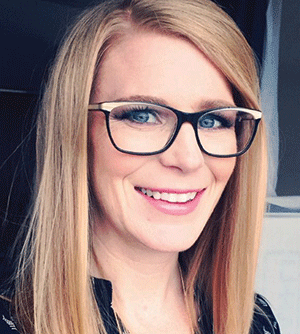Surveys seek to fight ‘commoditization’ of industry

By Theresa Flaherty, Managing Editor
Updated 11:00 AM CDT, Fri April 7, 2023
 WASHINGTON – So many payers don’t understand the day-to-day realities of providing medical supplies that it’s up to the HME industry to tell its story and ensure end users don’t lose access, say stakeholders.
WASHINGTON – So many payers don’t understand the day-to-day realities of providing medical supplies that it’s up to the HME industry to tell its story and ensure end users don’t lose access, say stakeholders.
AAHomecare in March launched two nationwide surveys – enteral (enteral nutrition, pumps, kits, and/or supplies) and supplies (wound care, ostomy, and/or urological supplies) – to gather information on the rising costs that providers face.
“If we’re going to fight the commoditization of our industry, we have to educate them that these are the products and this is the population that uses them and how they impact people’s lives and outcomes and the role of the supplier in making that happen,” said Ashley Plauche, AAHomecare’s director of membership & public relations. “We wanted to look at what’s happening across these different spaces with product costs, back-order challenges, labor challenges and increased costs and shipping to better quantify the real-world costs of providing in today’s market.”
AAHomecare says the surveys build on last year’s incontinence survey, which the association used as the foundation for an infographic and letter to Medicaid directors. Providers were also able to leverage the survey results in individual contract negotiations with their payers, including MCOs and commercial plans.
Challenges impact providers across the spectrum, from large nationals to small independents, says provider Skip Matthews.
“Not only are freight prices and shipping costs up, but also we’re finding that, internally, our customer service reps are taking more time (on the phone),” said Matthews, owner of Lewis & Clark Drug and Medical Equipment in Springfield, Mass., and chair of the AAHomecare Medical Supplies Council. “You are working with referral sources and consumers and following up on back orders. For (enteral nutrition), some folks rely on this stuff as their only source of nutrition and when they can’t get it, it’s trying to find a solution, whether it’s a different product or different flavor.”
Once the survey data is gathered and analyzed, AAHomecare will pull in appropriate external data from other sources, including manufacturers and clinical and consumer organizations, to, once again, create infographics and handouts suppliers can use with payers, says Plauche.
“We want to empower suppliers to have the tools and resources to carry that message,” she said.
The deadline for the surveys is April 14.
Go here for the enteral survey.
Go here for the supplies survey.
Comments